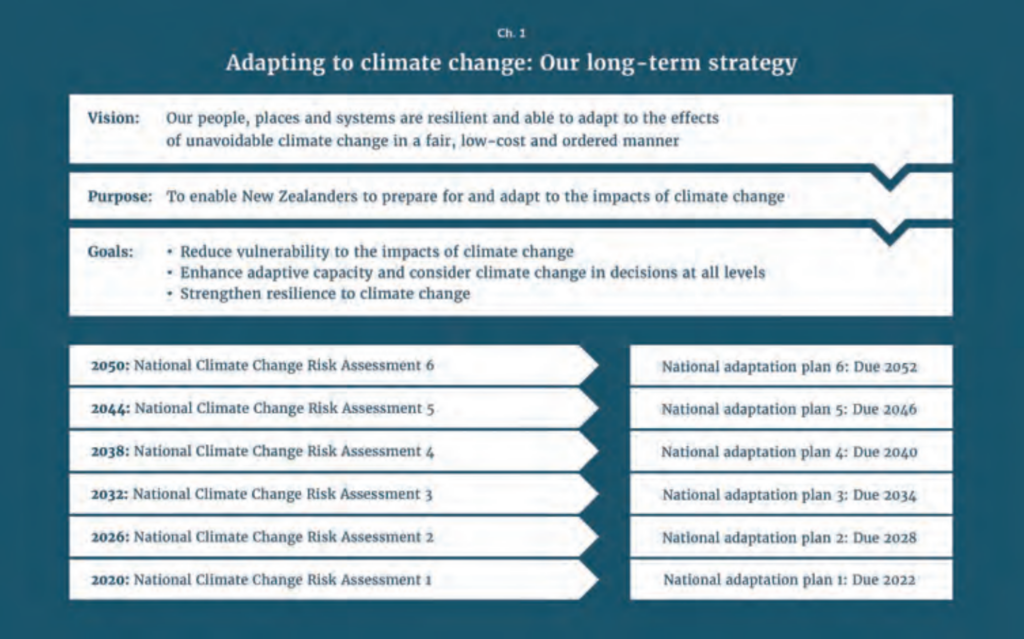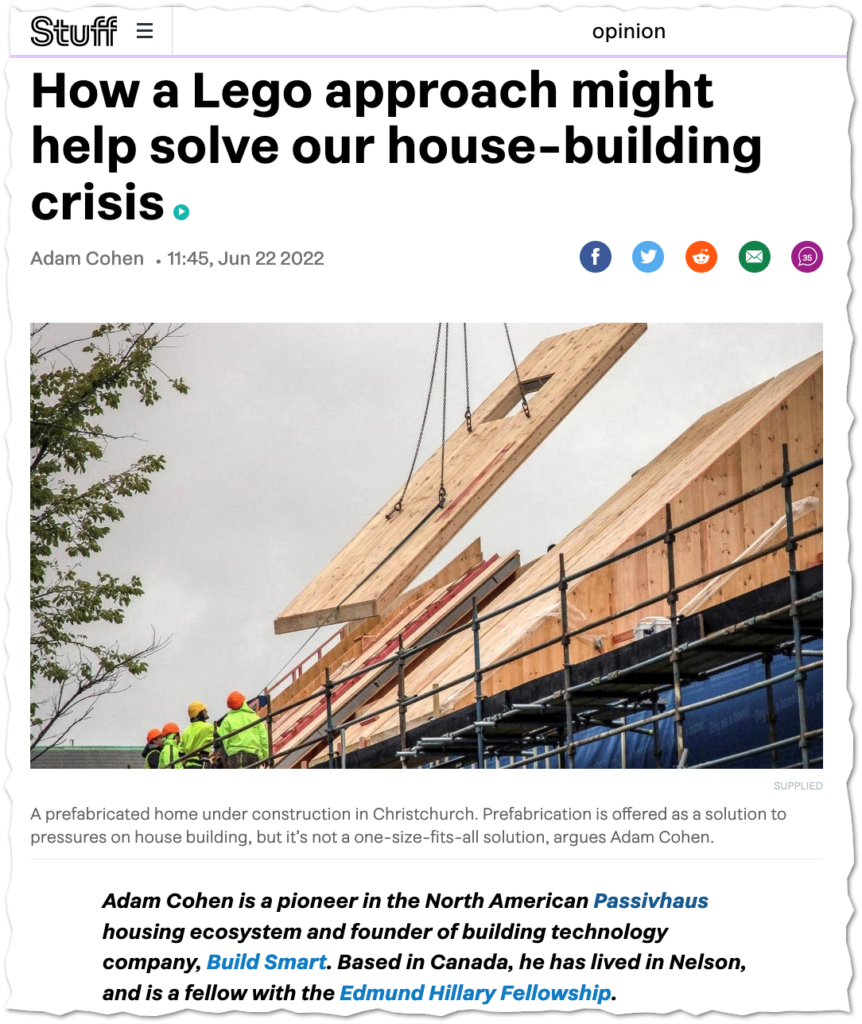“Yeah, our old housing stock is terrible, but modern homes are all good.” It’s disheartening how often I hear this, about newly built homes constructed to only just meet the legal minimum of the NZ Building Code. It’s not true. And expensive retrofits can be miserable too, unless they have been designed (and modelled) to ensure comfort. Steve Hughes, from …
(Thermally) break that steel

Graeme Jacobs is the Director at Jacobs & Munro Architects Limited and he recently posted about an elegant solution his firm sourced in order to create a thermal break in a steel ridge. The walls and roof in this project are Formance SIP and the steel ridge beam is fully inside of the thermal envelope (as I’d recommend) … except …
Retrofits for energy efficiency must accelerate to meet zero carbon deadline

Imagine: being able to model an entire city’s energy use—or the whole country!—just like you can a single building in PHPP. This is what districtPH does. Bland name for an exciting tool that enables extremely significant outcomes. The model shows how global changes to the building stock impact energy usage and thus carbon emissions over long time spans. It’s been …
Sea level rise mapping

When we design and construct buildings to perform better—that is, to use much less energy—they become better quality and more durable. If you are building for the long term, think about the next generations who will be sheltered there. Consider sea level rise—both how it will impact your chosen site and also the roads that provide access to it. NZ …
Energy-efficient homes sell for more in Aus

“Australia’s energy-efficient houses are commanding premium prices, with buyers spending 17 per cent more to get into a sustainable home.” That’s the Sydney Morning Herald leading its article with a punch. It goes on to say, “Energy-efficient homes attract more buyer interest, sell faster, and fetch higher prices, a new report shows, and the median price for a sustainable house …
Top 10 Climate Risks

New Zealand’s first national adaptation plan is out for discussion. I have to say it reads like a plan to have a plan. Now the real work begins: what we are actually going to do as a society to adapt to climate change? It’s worth reading. I recommend skimming the Executive Summary and then jumping to Appendix 2. As James …
A compelling case for component-based housing solutions

Adam Cohen has a bold and creative vision: carbon-negative, decentralised building systems that will take Passive House performance to provincial New Zealand. He outlines it eloquently in this opinion piece for Stuff, using the instantly recognisable concept of Lego to explain component manufacturing. I’ve known Adam for many years now and he is the real deal. This is no schemer …
Fletcher Living’s Low Carbon homes featured

Fletcher Living’s Low Carbon House featured in an excellent article by Nikki Mandow on Newsroom last month. Sustainable Engineering’s been involved from the beginning and it’s been awesome to bring to reality the team’s vision of homes that can meet the BRANZ carbon budget. Seeing this focus on addressing climate change from such a big player in the construction industry …
Heavy health cost of NZ’s love affair with cars

It’s not just the climate that pays when fossil fuel is burned to transport people and goods. An update to the HAPINZ study on air pollution has, for the first time, measured pollution data from vehicles. The results are alarming: “Social costs from human-made air pollution were $15.6 billion in 2016 In 2016, the social costs from human-made air pollution …